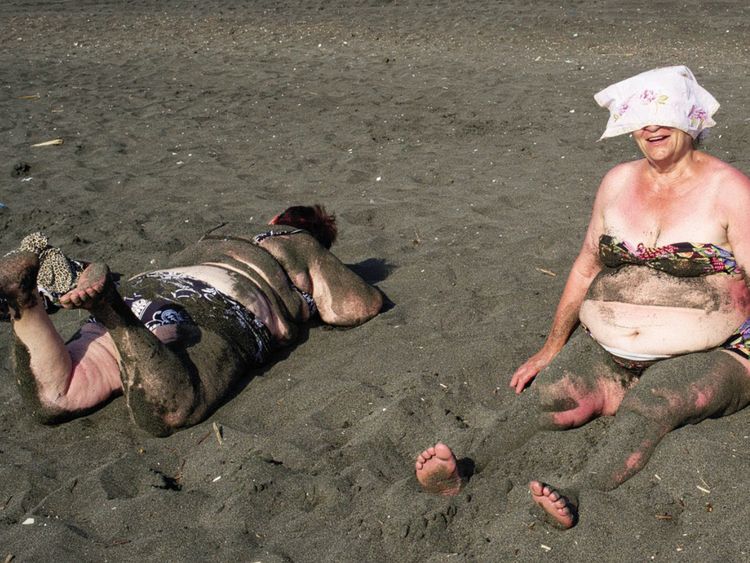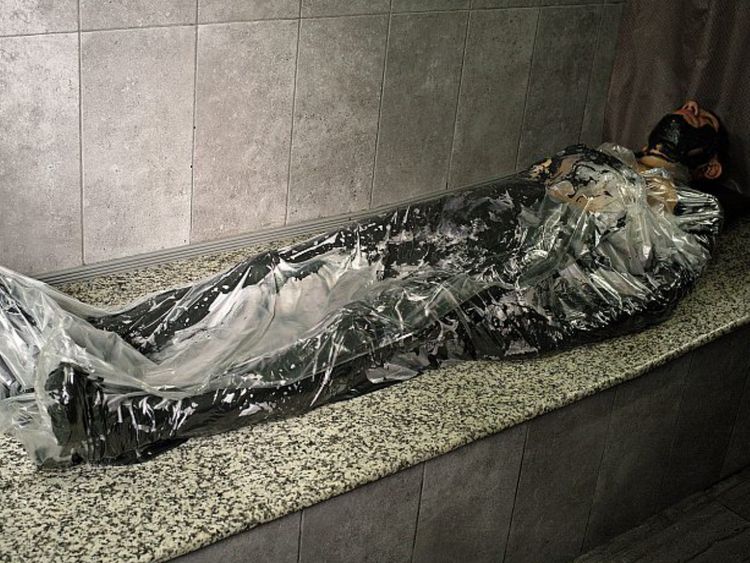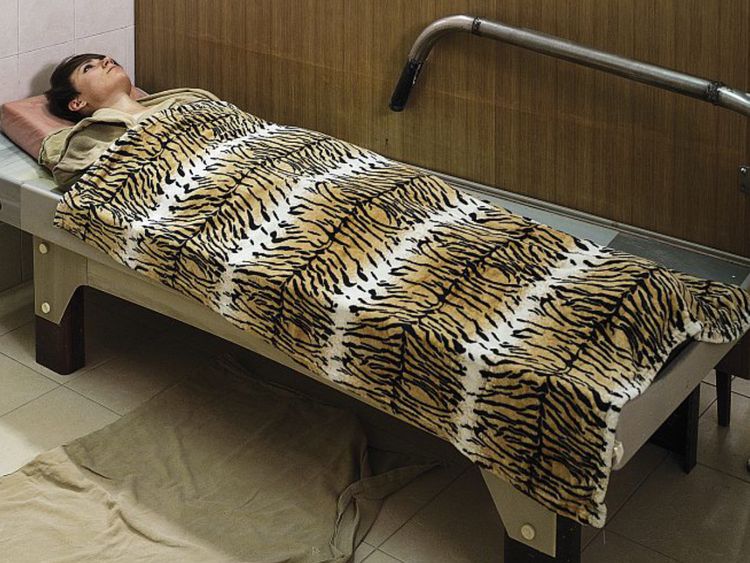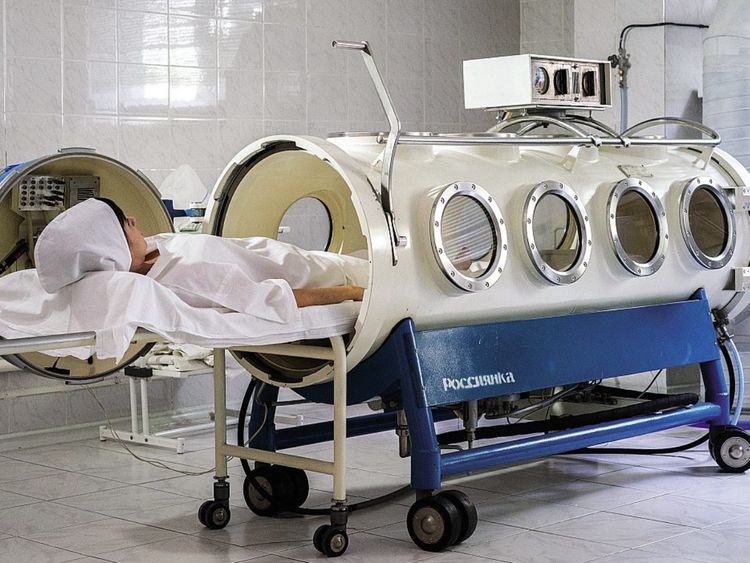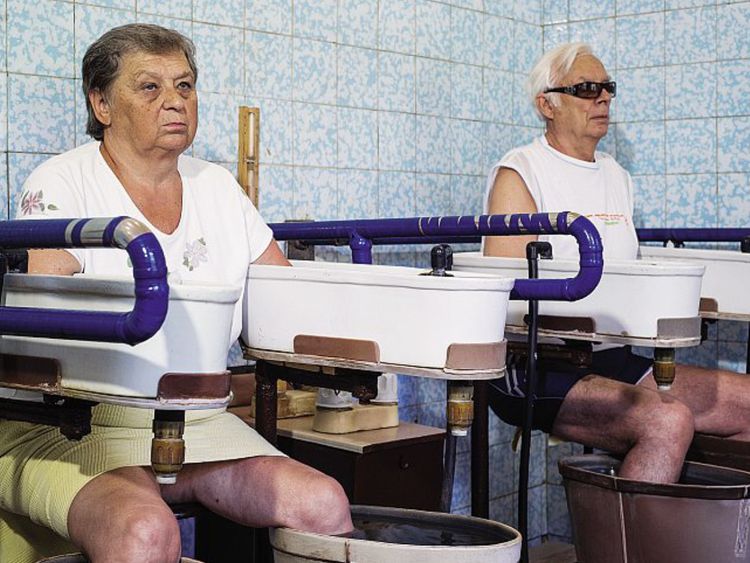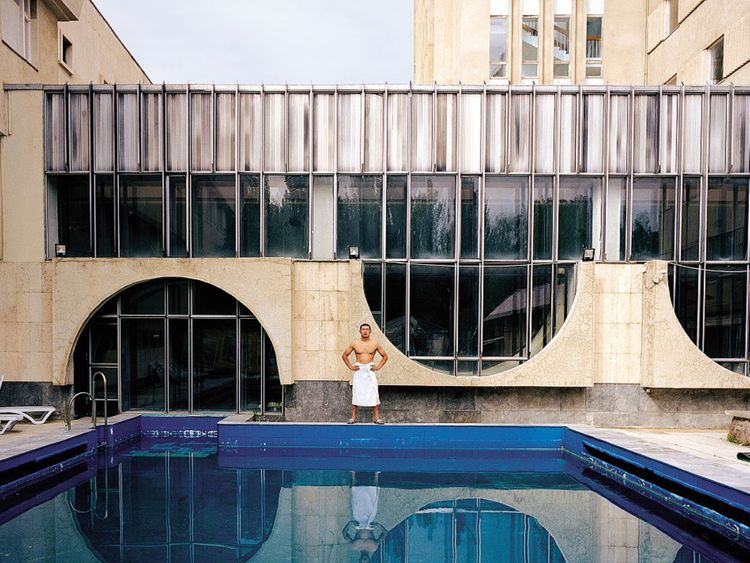There are no more facilities for people to heal: all of the sanatoriums on the Continent have been abandoned. So one must head East, where cathedrals of mud baths erected by the Soviets still help workers heal.
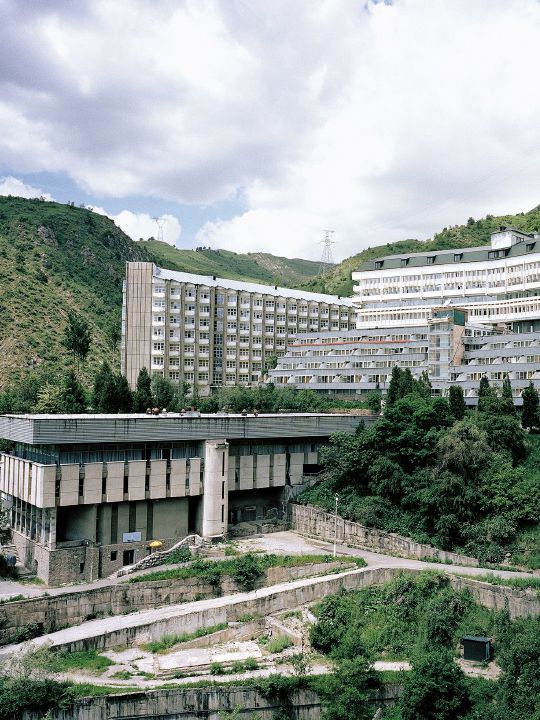
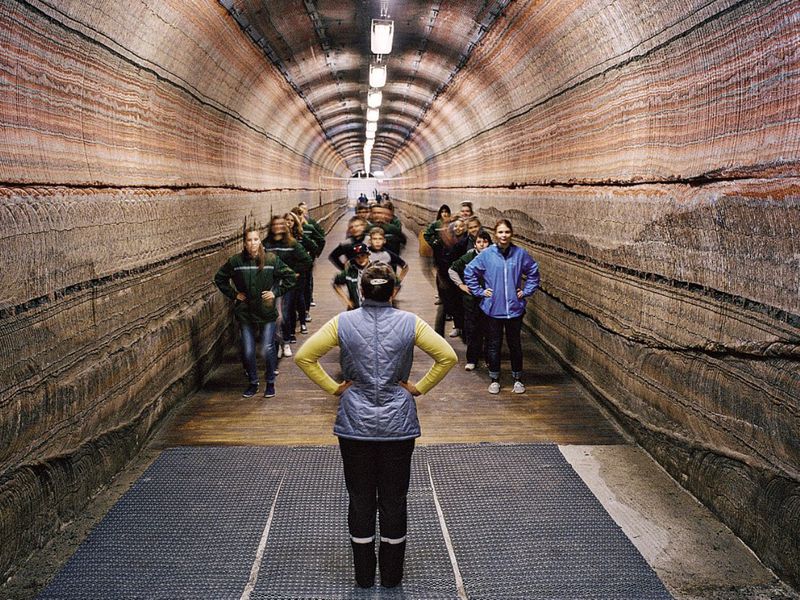
All lovers of ruins know: visiting an abandoned sanatorium is one of the most striking experiences possible. These enormous buildings, which are often furnished like hotels, have an asphyxiating atmosphere. Visitors walk through vast dining halls with formal furniture and narrow treatment rooms with unidentified medical devices.
The long hallways of the sanatorium in Lorraine, which has been abandoned since 2006, or the dried-out swimming pools of the facility in Aincourt feel much more like the sets of Hospital Massacre than The Magic Mountain.
Speleotherapy and an oil bath
But the institutions where Roland Barthes (who himself had tuberculosis) described “living together”, where residents could socialise by the pool, still exist.
They’re in the former Soviet Union. Like the subway systems, these sanatoriums were created by the former communist regime as “palaces of the people,” where labourers could heal and recharge their batteries before getting back to work. Maryam Omidi’s book, Holidays in Soviet Sanatoriums, explores the last bastions of these hygienic colonies, most of which are on the coast of the Black Sea: in Crimea, the Ukraine, Armenia and Russia.
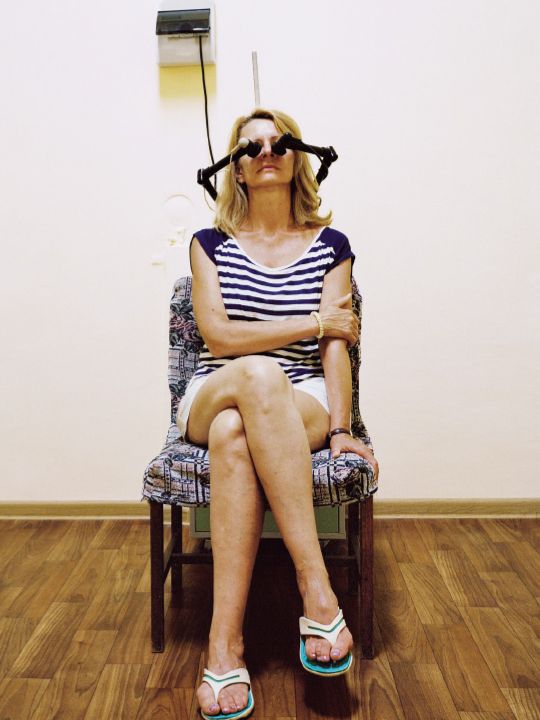
These are a far cry from the timbered spas of the Swiss Alps. Stalin’s sanatoriums are Brutalist colossi whose angular silhouettes dominate the skylines of the cities they’re in. But what is most strange about these institution is not their shape. Rather, it’s the type of therapy they practice. Far from the canon of Western medicine, the Soviets opted for original treatments often maligned by the West.
For example, the oil baths offered by the sanatorium of Naftalan in Azerbaijan or, even more exotic, speleotherapy. This healing method practised in Belarus exposes patients to the curative properties of mineral salts. The sanatorium of Soligorsk, south of Minsk, was built in mines where patients would spent two weeks underground, doing gymnastics.
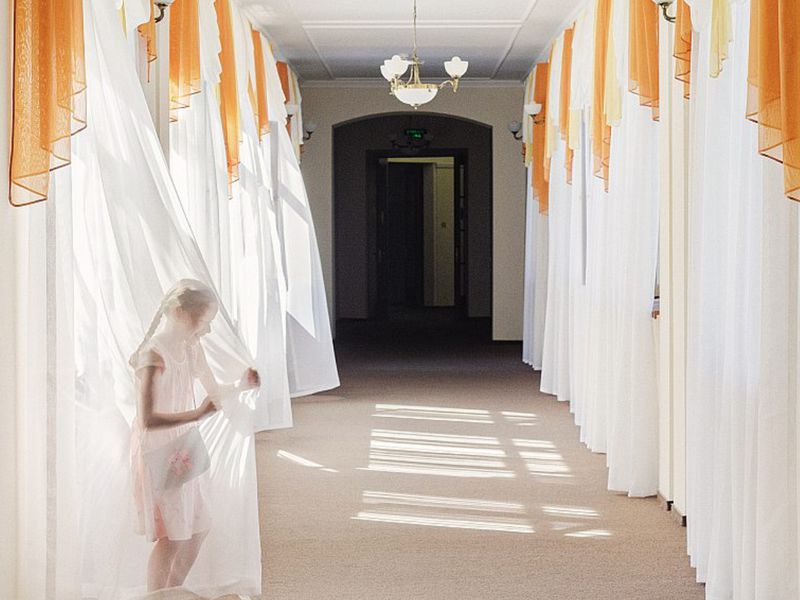
Healing geographies
Maryam Omidi describes the life at Russian “sanas,” which looked nothing like resorts. Collectivism was the name of the game, and it was not uncommon for people to be sent to sanatoriums with their co-workers. Discipline was strict, distractions were limited, and the best spots were reserved for the most loyal workers. But behind the mud-baths and sulphur water was another level of the sanatorium reserved for Communist Party higher-ups, athletes and spies. There was a clearly structured healing hierarchy and geography: members of the KGB went to Odessa, cosmonauts went to Sochi, functionaries of the Kremlin went to Janarnij Bereg, those from the Gosplan went to Voronovo, World War II veterans went to Issyk-Koul…
All of these facilities still exist, and contrary to their European counterparts, still take patients. Of course, the geopolitical upheavals that have taken place in the region have had an impact on those seeking care. The annexation of Crimea by Moscow took a heavy toll on the sanatoriums of the region. The same thing happened to Abkhazia, a puppet republic where the pools remain empty.
Giant medical facilities
These ageing buildings have not been properly maintained, much to the chagrin of some architects who remain nostalgic for the audacity of Soviet era structures. The sanatorium of Druzhba in Crimea has a sort of circular saucer that looms over the city, and the one in Kuyalnik has a swimming pool covered in giant pyramids. At the end of her book, Maryam Omidi interviews Igor Vasilevsky, a Soviet architect who spent his whole life constructing sanatoriums. He designed the structure in Voronovo, one of the most radical examples of Bauhaus architecture, and has been sorry to see the decline of so many Soviet buildings. Except in the West, where the giant medical facilities erected by Stalin and Khrushchev continue to inspire dreams.
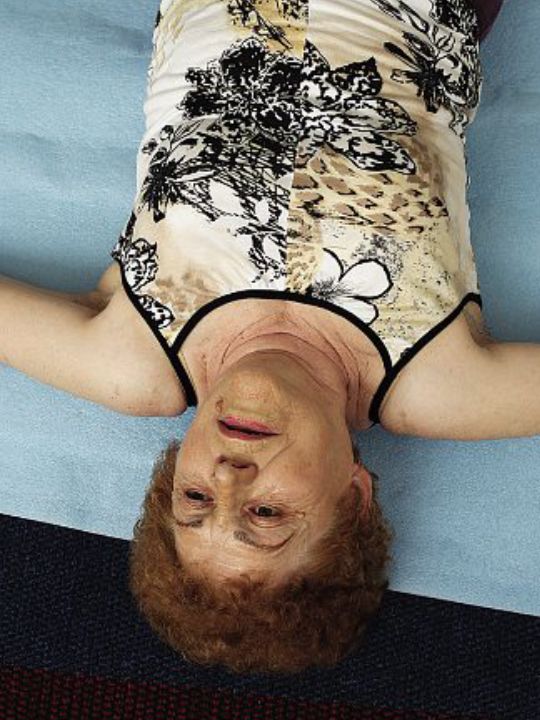
Recommended reading
Holidays in Soviet Sanatoriums Maryam Omidi — FUEL Publishing


